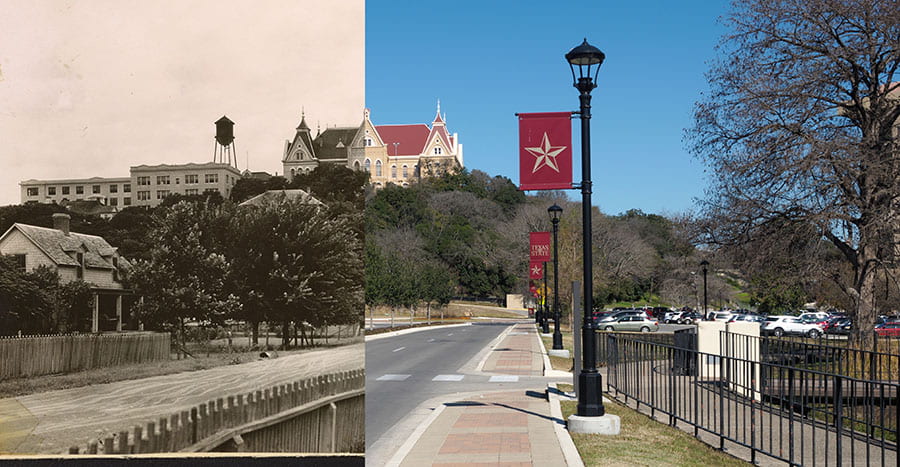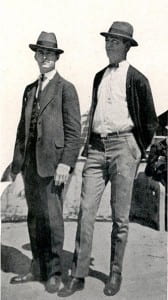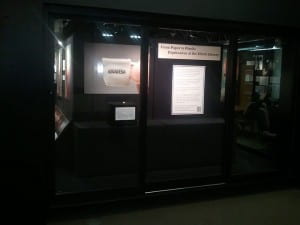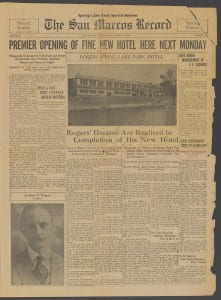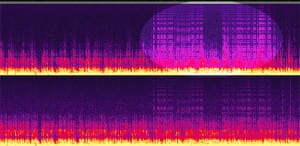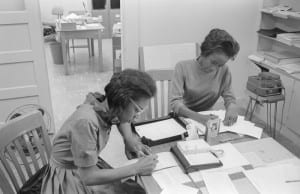This post builds on my last one: Searching the Library of Congress with Python and their new JSON API, which is why I’ve added Part 2 to the end of the title. Before we dive back into the Library of Congress‘s JSON API, some housekeeping items:
- Even though the Library of Congress’s website is loc.gov, the abbreviation for Library of Congress is LC
- I tried to find a press-ready image of NBC‘s old The More You Know logo I could add here, but
- the updated logo doesn’t make me hear the jingle in my head
- I did find Megan Garber‘s 2014 article covering the PSA series for The Atlantic that has some classic video I enjoyed
- I tried to find a press-ready image of NBC‘s old The More You Know logo I could add here, but
- As of October 2017, LC has expressly stated in a disclaimer that their JSON API is a work in progress. Use at your own risk!! We might (will likely) change this!
Recap on Stryker’s Negatives Project
I recently came across Michael Bennett‘s article Countering Stryker’s Punch: Algorithmically Filling the Black Hole in the latest edition of code4lib: <– GREAT STUFF!
He’s using Adobe Photoshop and GIMP to digitally restore blank areas in images due to a hole punch having been taken to the physical negative.
Current Task
Use the Library of Congress’s JSON API to download all of the hole punch images and their associated metadata.

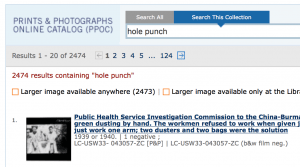
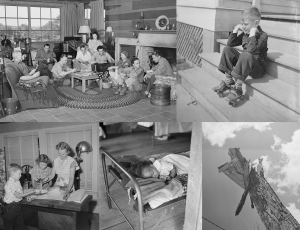
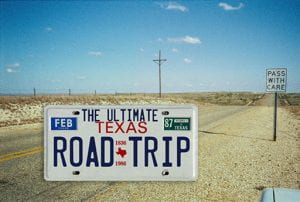
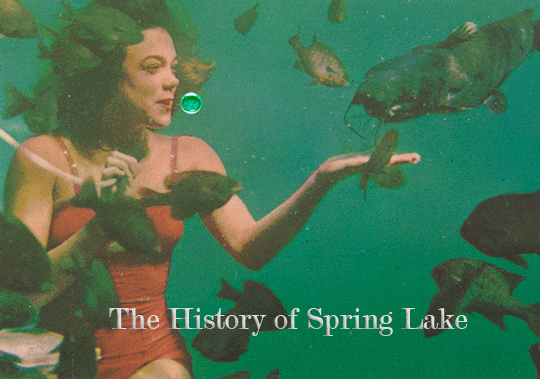
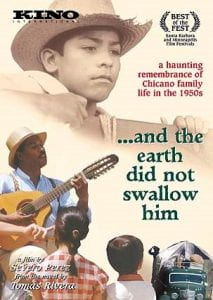 We recently completed a fun project that is notable for a few reasons. The first is because the subject of the project was creating on online exhibit on the making of Severo Perez’s beautiful film, … and the earth did not swallow him, based on Tomás Rivera’s classic 1971 Chicano novel, …y no se lo tragó la tierra, which is a semi-autobiographical novel that recounts the life of workers and families of the migrant camps where his family stayed while doing farm work. In 1995 Severo Perez wrote an English screenplay, using his own translation, produced, and directed a film version of the novel. The film was well received and received critical acclaim and several film awards.
We recently completed a fun project that is notable for a few reasons. The first is because the subject of the project was creating on online exhibit on the making of Severo Perez’s beautiful film, … and the earth did not swallow him, based on Tomás Rivera’s classic 1971 Chicano novel, …y no se lo tragó la tierra, which is a semi-autobiographical novel that recounts the life of workers and families of the migrant camps where his family stayed while doing farm work. In 1995 Severo Perez wrote an English screenplay, using his own translation, produced, and directed a film version of the novel. The film was well received and received critical acclaim and several film awards.